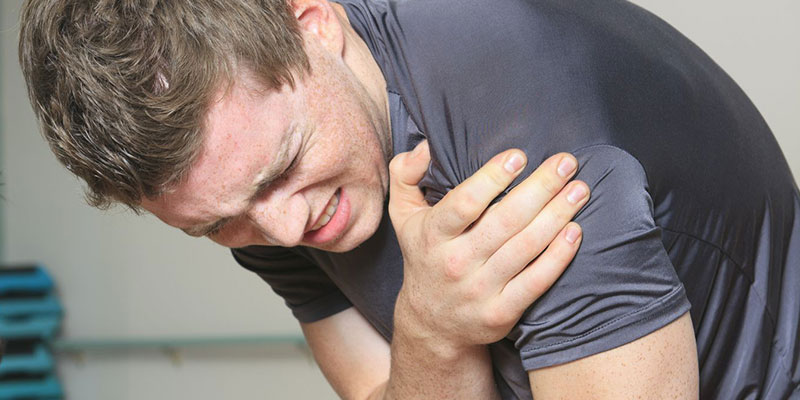Unfortunately, things can happen in life or sport that result in an injury. Injuries are a frustrating time for obvious reasons, but if you think that an injury means you must stop training, think again!
If for example you have a fracture in your left arm, you can certainly continue to exercise in the gym. You can strength train your lower body and undertake cycling (or other forms of cardiovascular exercise).
Another important rehabilitation strategy when you have one side injured is to complete unilateral (one sided) weight training on your opposite (uninjured) side. People often neglect training the uninjured side which is has shown to increase recovery!

But won’t training only one side result in significant muscular imbalance?
According to numerous studies, no.
In fact, research has shown that correctly tailored exercise has not only been shown to strengthen the uninvolved side but maintain strength and sometimes even muscle mass in the injured limb!
Resistance training is a powerful stimulus for neuromuscular adaptation. (1) These adaptations are not limited to the working muscle and have in fact been shown to result in increases in strength and neural drive in a contralateral, resting muscle. (1)
The phenomenon resulting in this sparing’ of strength and size on an uninvolved limb is termed ‘cross-education.’ (1, 2) This has been demonstrated in numerous studies:
Andrushko and colleagues conducted a study on 16 participants whereby the nondominant forearm was immobilized in a cast, while participants were either assigned to an exercising group (eccentric wrist flexion, 3x/week) or a control group (no exercise) for 4 weeks. (2) The study found that the resistance training group maintained not only strength, but also muscle cross sectional area of the wrist flexors in the immobilized limb. (2)
Furthermore, Lepley and colleagues conducted a similar study, this time testing the effect of exercise on quadriceps strength and muscle activation in an uninvolved limb. (3) The exercising group exercised their uninjured limb 3x/week for 8 weeks and the study again concluded that greater strength and activation occurred in the unexercised limb in the exercising group when compared to the control group. (3) Similarly, a study conducted by Derakhti and colleagues tested the effect of unilateral training to either the left or right leg in 20 previously untrained individuals. (4) The study was conducted over 10 weeks (34 sessions) of single-leg exercise completing both the leg press and leg extension. (4) Similarly, this study also concluded that the 10-week program resulted in a significant increase in both maximal strength and muscle size in the untrained leg, again demonstrating a cross-education effect. (4)
Hence, the research demonstrates the benefits that training an uninjured limb can have on the injured limb. When you are injured, it’s important that you continue with a structured strength training program as your recovery outcomes are better.
Injuries can be a frustrating and demotivating time, especially if you let them keep you away from training. A tailored exercise routine during a time of injury can still benefit you!
At Inspire Fitness for Wellbeing we adopt this with many of our members in order to keep them on track to achieve their goals. We do this through our design of individually tailored exercise programs that can be shaped around a potential injury, in order to keep you active and improving your overall health and wellbeing.
If you have any questions or would like to speak to one of our Exercise Physiologists or Personal Trainers, please contact us on 9857 3007.
References:
1. Howatson G, Zult T, Farthing JP, Zijdewind I, Hortobágyi T. Mirror training to augment cross-education during resistance training: a hypothesis. Frontiers in human neuroscience. 2013 Jul 24; 7:396.
2. Andrushko JW, Lanovaz JL, Björkman KM, Kontulainen SA, Farthing JP. Unilateral strength training leads to muscle-specific sparing effects during opposite homologous limb immobilization. Journal of Applied Physiology. 2017 Dec 14;124(4):866-76.
3. Lepley LK, Palmieri-Smith RM. Cross-education strength and activation after eccentric exercise. Journal of athletic training. 2014 Oct;49(5):582-9.
4. Derakhti M, Åkerlund J. Cross Education;: The effect of 10 weeks of unilateral resistance training on strength and hypertrophy.
